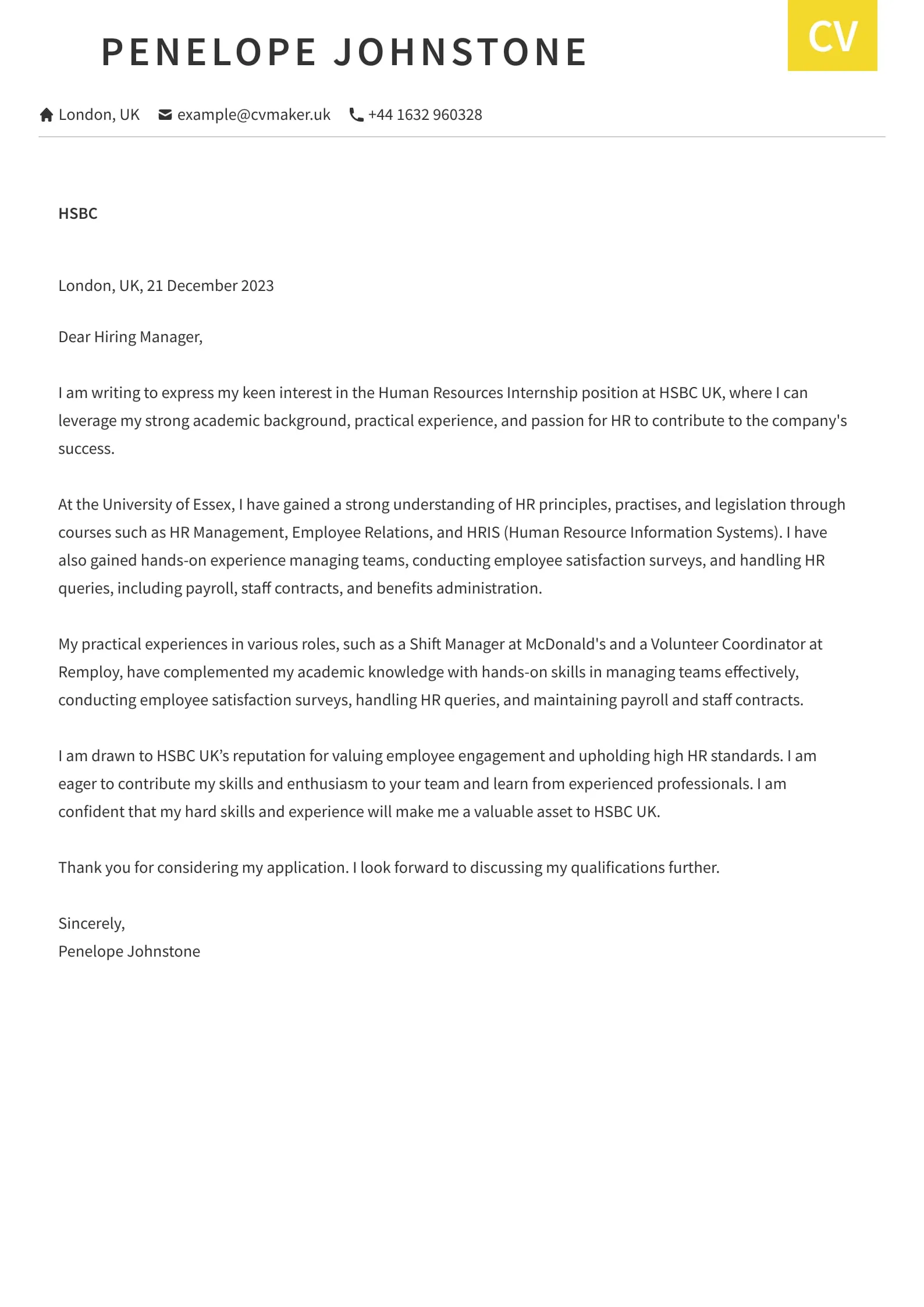What is a Cover Letter and Why is it Important?
A cover letter is a crucial document that accompanies your curriculum vitae (CV) or resume when applying for a job. It serves as an introduction, a personalized pitch, and an opportunity to elaborate on your skills, experience, and qualifications. Unlike a CV, which provides a factual overview of your professional background, a cover letter allows you to explain why you are the ideal candidate for a specific role and company. It’s your chance to make a strong first impression and differentiate yourself from other applicants. In today’s competitive job market, a well-crafted cover letter can significantly increase your chances of getting noticed by hiring managers.
Definition of a Cover Letter
A cover letter is a one- to two-page document that accompanies your CV or resume. It’s a formal letter that provides a concise summary of your qualifications, skills, and experience, and how they align with the requirements of the job you’re applying for. It’s a targeted document, customized for each job application. Unlike a general resume, a cover letter allows you to explain your enthusiasm for the position and the company, making it an essential part of the application process.
Purpose of a Cover Letter in the CV Context
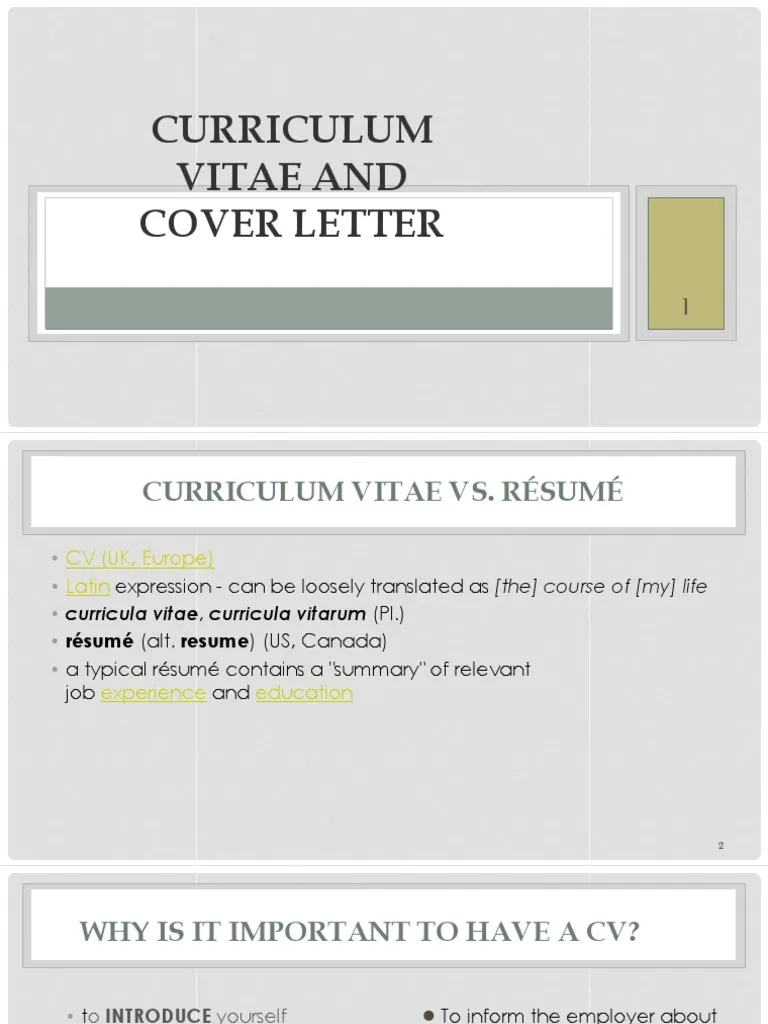
The primary purpose of a cover letter is to introduce you to the hiring manager and highlight your relevant qualifications. It serves as a bridge between your CV’s factual information and the employer’s needs. A well-written cover letter demonstrates your communication skills, enthusiasm, and understanding of the job requirements. It allows you to explain any gaps in your work history, emphasize your achievements, and showcase your personality, helping you stand out from other applicants. It is a crucial part of the job application, which helps create the first impression for recruiters.
Key Differences Between a Cover Letter and a CV
The CV and the cover letter have distinct roles in the job application process. A CV is a comprehensive document that provides a detailed account of your education, work experience, skills, and achievements. It’s a chronological overview of your career. On the other hand, a cover letter is a personalized document that explains your interest in a specific job and company. It highlights the relevant skills and experiences from your CV and explains how they match the job requirements. The CV is factual and detailed, while the cover letter is a persuasive narrative focused on your fit for the role. A CV is often used as a broad document to be used across various applications, while the cover letter is tailored to the specific job requirements.
Essential Components of a Standout Cover Letter
Header and Contact Information
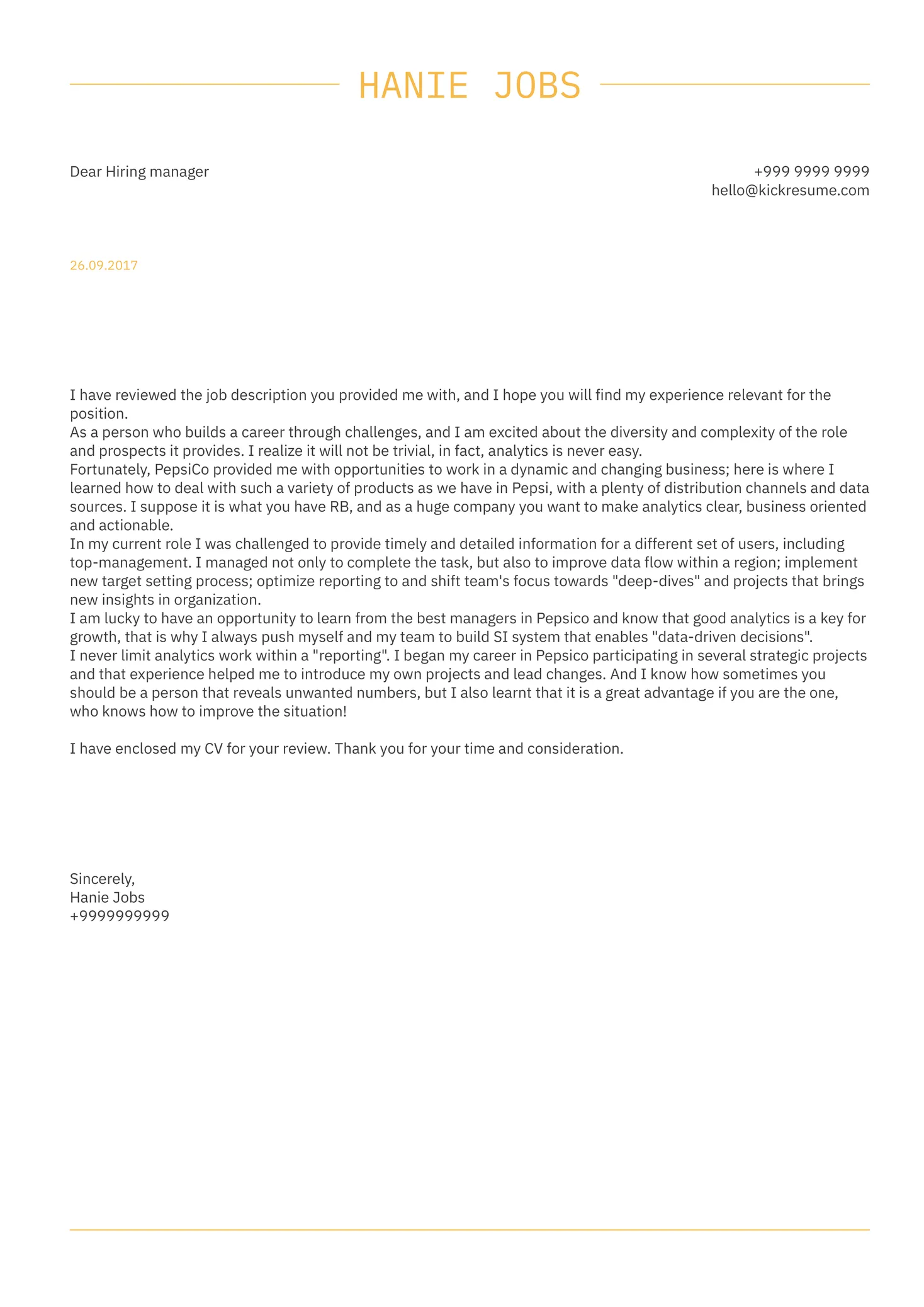
The header of your cover letter should include your full name, address, phone number, and email address. It should be aligned with the header of your CV. Also include the date and the recipient’s name and title, if known, along with the company’s name and address. Ensure your contact information is current and professional. Proper formatting and clear presentation of the header are essential to maintain professionalism and allow the recruiter to contact you efficiently.
Professional Greeting
Always start your cover letter with a professional greeting. If you know the hiring manager’s name, use it (e.g., “Dear Mr./Ms. [Last Name]”). If you don’t know the name, use a general greeting like “Dear Hiring Manager” or “Dear [Department Name] Team”. Avoid generic greetings like “To Whom It May Concern.” Addressing the hiring manager by name shows that you have done your research and are attentive to detail, which will make the reader more impressed.
Opening Paragraph Capturing Attention
The opening paragraph is your first chance to make a strong impression. Start by stating the position you’re applying for and where you found the job posting. Briefly mention why you’re interested in the role and the company. Capture the reader’s attention by highlighting a key skill or experience that aligns with the job requirements. Make it clear that you are enthusiastic about the opportunity and convey a genuine interest in the company’s work. If possible, mention something specific that resonated with you in the job description or company mission to make the reader interested in your content.
Body Paragraphs Highlighting Skills and Experience
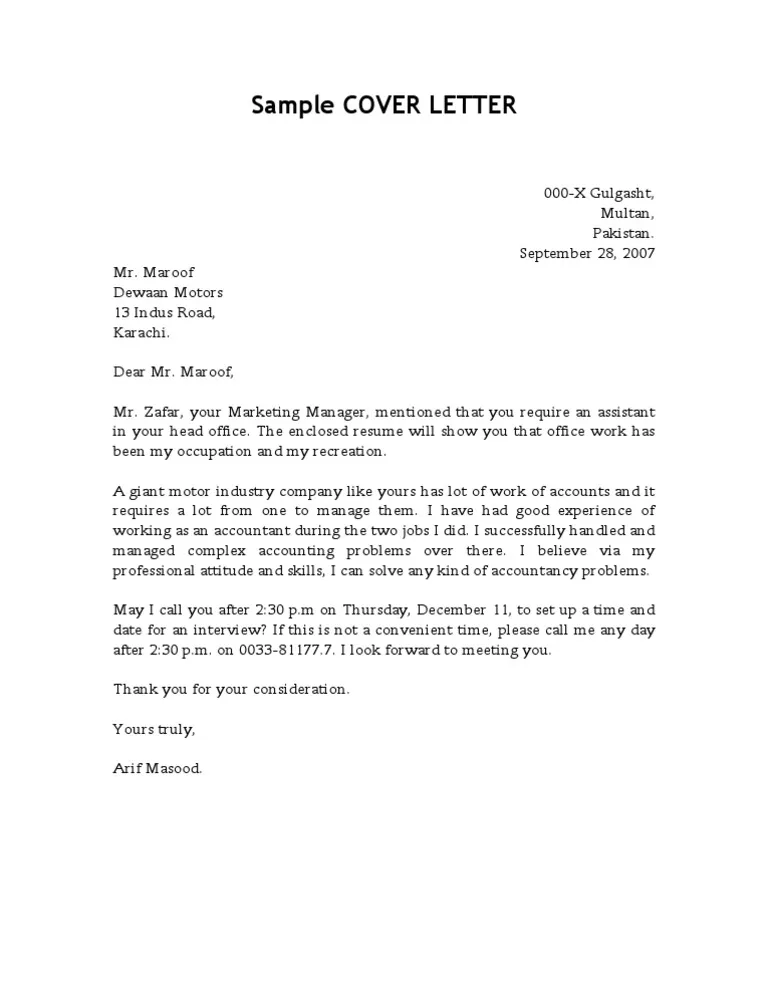
The body paragraphs are where you demonstrate how your skills and experience align with the job requirements. Focus on the most relevant aspects of your background. Provide specific examples of your accomplishments, quantifying your achievements whenever possible. Use action verbs to describe your responsibilities and contributions. Tailor each paragraph to the specific job description, emphasizing the skills and experiences the employer is seeking. You can also provide information on how the company could benefit from your experience. Use the STAR method - Situation, Task, Action, Result - to present your experiences effectively.
Tailoring the Cover Letter to the Job Description
Customizing your cover letter to each job application is essential. Carefully review the job description and identify the key skills and experiences the employer is seeking. Use the job description as a guide to structure your cover letter, highlighting the most relevant qualifications. Use the same keywords and phrases from the job description to demonstrate your understanding of the role. By tailoring your cover letter, you show the hiring manager that you have taken the time to understand the specific requirements of the position and are the right fit.
Quantifying Achievements and Results
Whenever possible, quantify your achievements to demonstrate your impact and value. Use numbers and data to support your claims. For example, instead of saying “Improved customer satisfaction,” say “Increased customer satisfaction by 15% through implementing a new feedback system.” Quantifying your achievements provides concrete evidence of your skills and abilities, making your cover letter more compelling and memorable to the reader. Using numbers helps to back up the claims with evidence and increases your chances of getting selected for the role.
Closing Paragraph and Call to Action
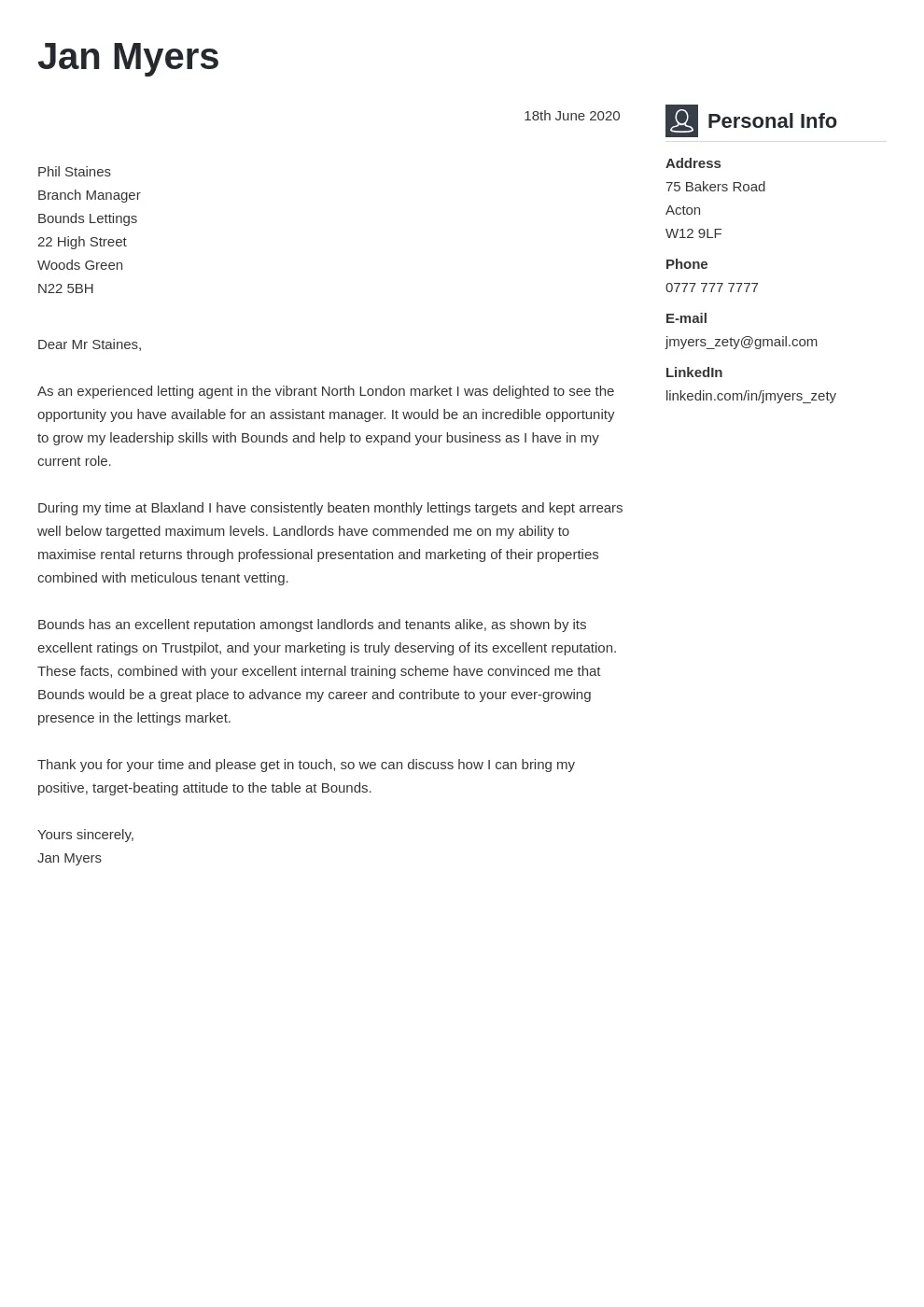
In the closing paragraph, reiterate your interest in the position and express your enthusiasm for the opportunity. Summarize your key qualifications and skills. Include a call to action, such as stating your availability for an interview or thanking the hiring manager for their time and consideration. End with a professional closing, such as “Sincerely” or “Best regards,” followed by your full name. Ensure that you show appreciation for their time and make it clear that you are looking forward to hearing from them.
Formatting and Design Tips for Cover Letters
Font and Layout Best Practices
Choose a professional and readable font, such as Times New Roman, Arial, or Calibri. Use a font size between 10 and 12 points for the body text. Keep the layout clean and easy to read with standard margins (1 inch on all sides). Use single spacing for the body paragraphs and double spacing between paragraphs. Ensure consistency throughout the document and align the text to the left. A well-formatted cover letter will be easy to read and enhance the overall impression.
Using White Space Effectively
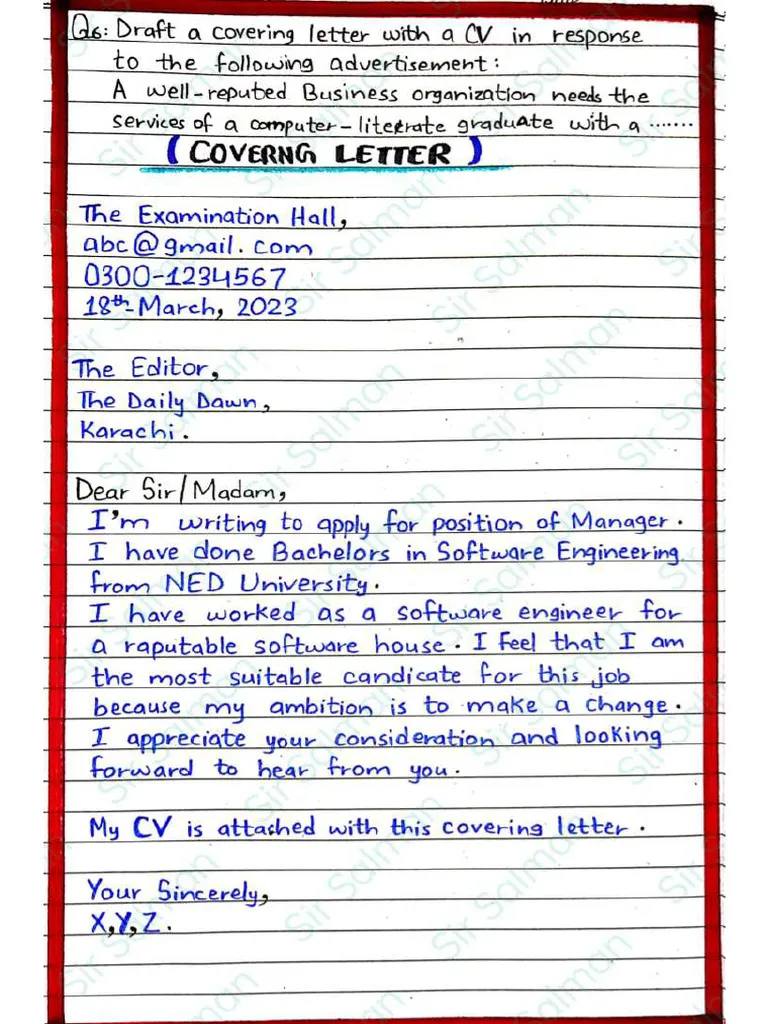
Use white space strategically to improve readability and create a visually appealing document. Avoid overcrowding your cover letter with too much text. Use bullet points for lists of skills or achievements. Separate sections with clear headings and ample white space. This will make it easier for the hiring manager to scan the document and quickly find the information they need. A balanced use of white space makes your cover letter more inviting to read and professional.
Proofreading and Editing for Clarity
Proofread your cover letter carefully for any errors in grammar, spelling, and punctuation. Errors can damage your credibility and make a negative impression. Use a spell checker and grammar checker, but don’t rely on them entirely. Read your cover letter aloud to catch any awkward phrasing or sentences. Consider having a friend or career advisor review your cover letter for feedback. A polished and error-free cover letter shows attention to detail and professionalism.
Common Mistakes to Avoid in Cover Letters
Generic and Uninspired Language
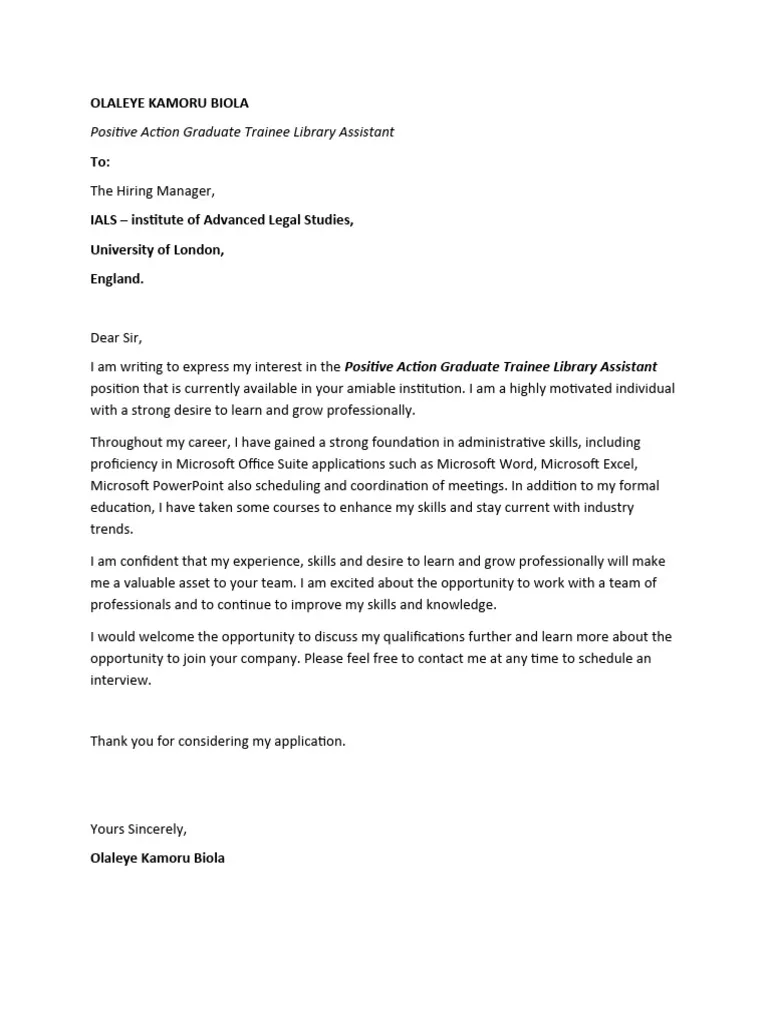
Avoid using generic phrases and cliches that don’t add any value to your cover letter. Use active and specific language that demonstrates your skills and accomplishments. Show, don’t tell. Instead of saying “I am a hard worker,” provide examples of your work ethic and achievements. A cover letter filled with generic phrases will appear uninspired and will not capture the hiring manager’s attention. Customization is key for a cover letter.
Focusing Solely on Yourself
While it’s important to highlight your skills and experience, don’t make your cover letter all about you. Focus on the employer’s needs and how you can help them achieve their goals. Explain how your skills and experience align with the job requirements and how you can contribute to the company’s success. Avoid excessive self-promotion and show a genuine interest in the company’s work. Focus more on the company and less on yourself to make a great impression.
Errors in Grammar and Spelling
Grammatical errors and spelling mistakes can quickly undermine your credibility. They can indicate a lack of attention to detail and professionalism. Proofread your cover letter carefully and use a spell checker and grammar checker. Read your cover letter aloud to catch any errors you may have missed. Have someone else review your cover letter before you submit it. A clean and polished cover letter reflects your professionalism and attention to detail.
Examples of Effective Cover Letters
Cover Letter for a Marketing Position
In a cover letter for a marketing position, highlight your experience with marketing campaigns, social media, and market research. Provide specific examples of successful campaigns you’ve managed and the results you achieved. Mention your knowledge of marketing analytics and your ability to analyze data to improve campaign performance. Quantify your achievements whenever possible. Show enthusiasm for the company’s marketing strategy and express a strong understanding of the marketing landscape. Tailor it according to the requirements mentioned in the job description.
Cover Letter for an Entry-Level Position
In an entry-level cover letter, emphasize your education, relevant coursework, and any internships or volunteer experiences. Highlight any transferable skills, such as communication, teamwork, and problem-solving. Express your enthusiasm for learning and growing in the field. Mention your adaptability and willingness to take on new challenges. Demonstrate your passion for the industry and your interest in the company. Emphasize your eagerness to build your career in the field and get hands-on experience. Show that you’re eager to learn and take on new responsibilities.
Cover Letter for a Career Change
When writing a cover letter for a career change, explain why you’re making the transition. Highlight any transferable skills and experiences that are relevant to the new field. Demonstrate your enthusiasm for learning and your commitment to the new career. Mention any relevant training or certifications you’ve obtained. Address any gaps in your experience and explain how your skills can benefit the new role and company. Tailor your cover letter to the specific job, emphasizing how your experience and skills align with the requirements.
Final Thoughts and Resources
A well-written cover letter is a powerful tool that can significantly enhance your job application. By following these tips and examples, you can create a cover letter that stands out and helps you secure an interview. Remember to customize each cover letter to the specific job and company. Proofread carefully, and always aim to showcase your unique skills and experiences. Consider using online resources and templates to guide you in crafting the perfect cover letter for your job applications. With a well-crafted cover letter, you are more likely to make a positive first impression and increase your chances of landing your dream job. Good luck in your job search!
